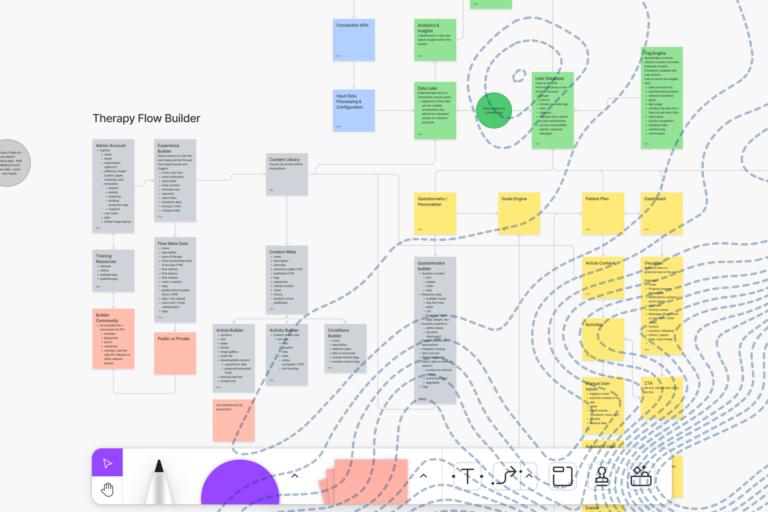In the physical world, we’re all relatively familiar with the concept of ergonomics. It’s the practice of making the things humans interact with more comfortable. It’s the Xbox controller that fits the gamer’s grip, giving comfortable control of every stick, button and pad. Ergonomics, however, doesn’t get much attention in the context of digital product design. Perhaps that’s because most of us who call ourselves designers do not know what it really means. Yet today, ergonomics could not be more critical to digital product success.
Seeking Digital Ergonomics
I found I had a loose understanding of what digital ergonomics meant when I went looking. Although my original path into design was through studies in industrial design, I had long forgotten the need to be ergonomic. Most of my early career was spent pushing pixels for advertising and web design where ergonomics were basically unimportant and thus nonexistent. (I’m sure the argument can be made that some cognitive ergonomics were involved.) But as the web evolved, and platform-agnostic software began to take over, ergonomics finally began earning consideration from the user experience disciplines. Did we know we were practicing digital ergonomics? Probably not, but that was what we were doing. We were merging the cognitive, organizational and physical ergonomics of a product into a cohesive digital experience that made the end user comfortable.
This was the dawn of digital ergonomics, where web designers began their evolution into product designers. Before the release of the first iPhone, software was not seen by the general population as a “product.” Up until 2006 software was primarily thought of as just a tool; something you used at the office but rarely touched when you went home. People were computer literate but not integrating a digital device into their everyday lifestyle. We all know how much that’s changed. Today, 68 percent of Americans own a personal digital device that contains an average of 29 apps. The point is, more people are using software products than ever before. And that makes digital ergonomics all the more critical to product design.
All Products Need to Be Ergonomic
Digital product design, which includes software for all digital devices in which humans interact, should be “digitally” ergonomic. But what does this mean, exactly?
The Arcweb Technologies design team believes digital ergonomics must take into account the physical, cognitive and organizational disciplines and have them applied to our design process. When we design products in the digital space we have the unique opportunity to make the user’s experience frustration free. Think about that for a minute. Digital product designers can create not only satisfaction, but also delight.
Building a digital product?
So many times the design aspect of products is thought of this box which contains only color and typography—all the proverbial eye candy. Design of a product is much more than pretty buttons and fancy animations. Digital ergonomics, and the study of such things, is where real design value comes from. Sketching concepts, testing prototypes and iterating based on feedback is essential to making your product digitally ergonomic. For far too long software has suffered from a lack of digital ergonomics. Keeping it as a major consideration of your product design process will lead to a better experience for your product’s users.




